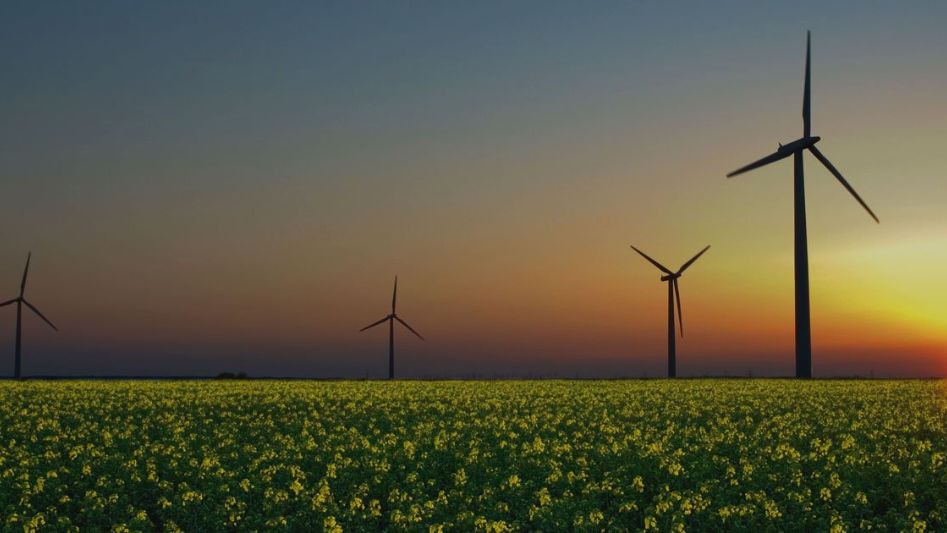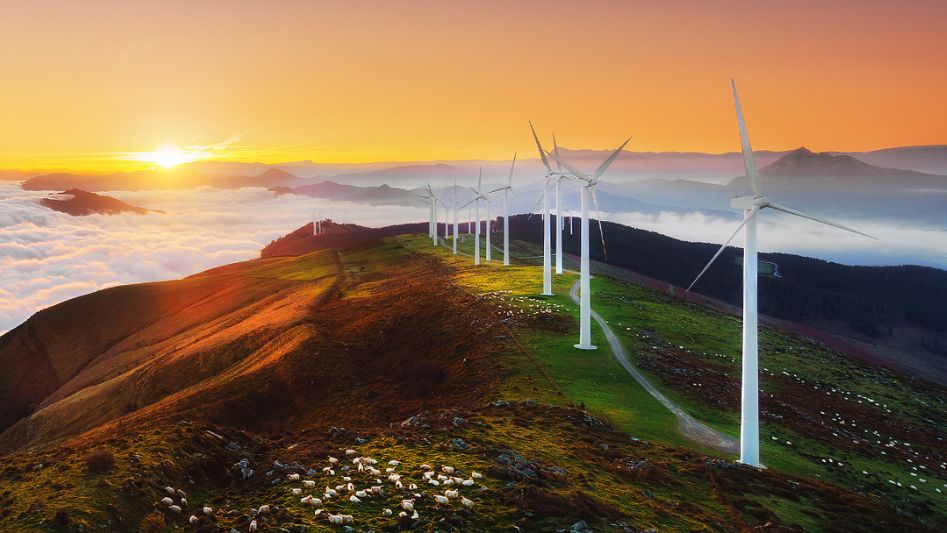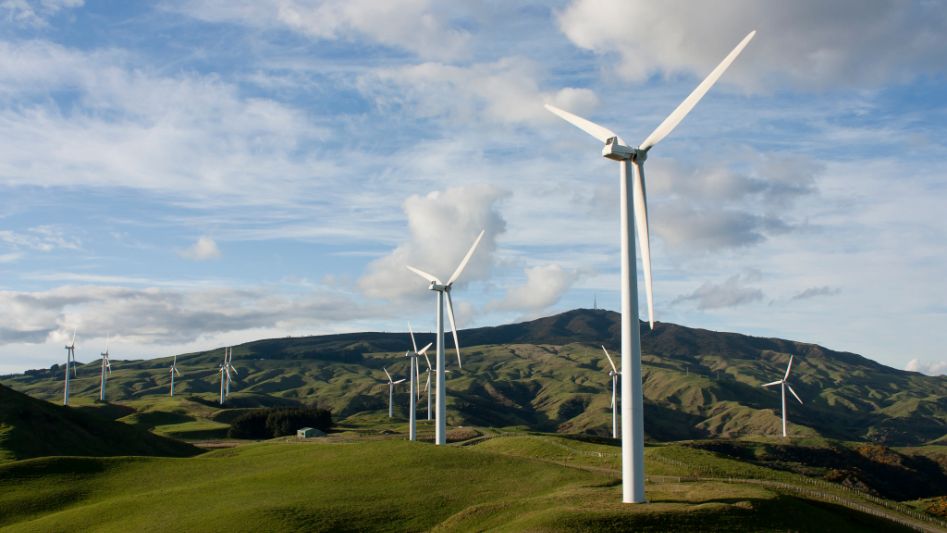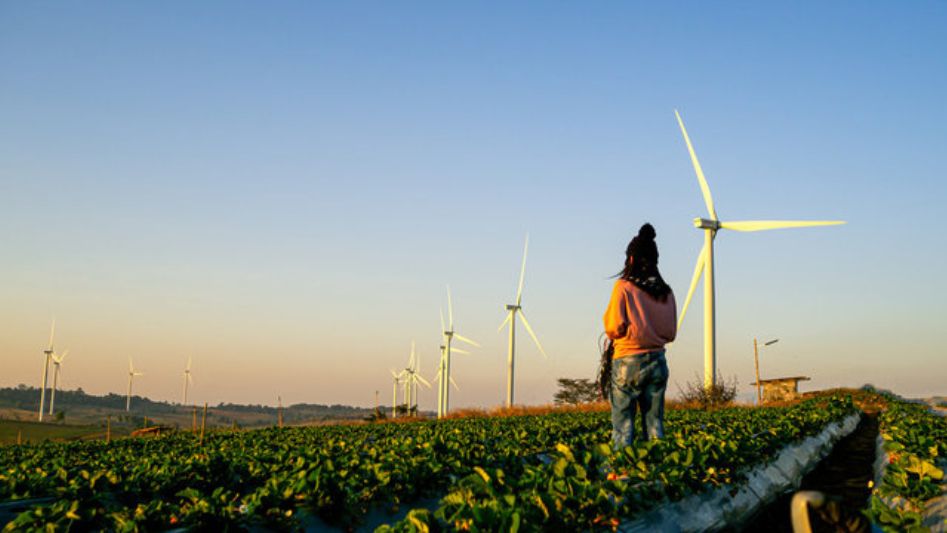The United Nations has set out 17 Sustainable Development Goals (SDGs) to be achieved by 2030, including goals related to poverty reduction, environmental sustainability, and access to affordable and clean energy. Wind energy has an important role to play in achieving these goals, as a clean and renewable source of energy. In this article, we will explore the role of wind energy in achieving the SDGs.
Table Of Content
We invite you to read: “Renewable Energy 2.0: A Comparison of Hydro and Wind Power Technologies”

SDG 7: Affordable and Clean Energy
SDG 7 aims to ensure access to affordable, reliable, sustainable, and modern energy for all. Wind energy can play a significant role in achieving this goal, as it is one of the most cost-effective and scalable sources of renewable energy. Wind turbines can be installed in both onshore and offshore locations, making it accessible to many regions around the world. The continued development and deployment of wind energy will be essential in achieving SDG 7.
SDG 13: Climate Action
SDG 13 seeks to take urgent action to combat climate change and its impacts. Wind energy is an essential tool in this fight, as it is a clean source of energy that does not emit greenhouse gases. The deployment of wind energy can help to reduce carbon emissions and mitigate the impact of climate change.
SDG 9: Industry, Innovation, and Infrastructure
SDG 9 aims to build resilient infrastructure, promote sustainable industrialization, and foster innovation. The development and deployment of wind energy requires significant investment in infrastructure, including wind turbines, power transmission lines, and energy storage systems. The continued investment in wind energy infrastructure will not only support the growth of the industry but also contribute to achieving SDG 9.
We invite you to read: “Offshore Wind Gets A Boost Thru The Wind Shot Program”

SDG 1: No Poverty
SDG 1 aims to eradicate poverty in all its forms and dimensions. Wind energy can play a role in achieving this goal by providing access to affordable and reliable energy to communities that may not have access to traditional energy sources. Off-grid wind energy systems can provide electricity to remote areas, improving the quality of life for individuals and communities.
SDG 3: Good Health and Well-Being
SDG 3 aims to ensure healthy lives and promote well-being for all at all ages. The deployment of wind energy can contribute to achieving this goal by reducing air pollution caused by the burning of fossil fuels, which can cause respiratory illnesses and other health problems.
We invite you to read: “How Large Is This Hybrid Solar & Wind Energy Facility In Europe?”

Conclusion
Wind energy has an essential role to play in achieving the Sustainable Development Goals. It is a clean, affordable, and scalable source of energy that can contribute to poverty reduction, environmental sustainability, and access to affordable and clean energy. The continued development and deployment of wind energy will require significant investment in infrastructure, policy and regulatory frameworks, and public awareness. However, the benefits of transitioning to renewable energy sources such as wind energy are significant, and will help to secure a sustainable future for generations to come.
FAQ
What are the Sustainable Development Goals (SDGs)?
The SDGs are a set of 17 goals developed by the United Nations to be achieved by 2030, aimed at reducing poverty, promoting environmental sustainability, and ensuring access to affordable and clean energy, among other goals.
How can wind energy help achieve the SDGs?
Wind energy can help achieve the SDGs by providing access to affordable and clean energy, contributing to climate action by reducing greenhouse gas emissions, promoting sustainable industrialization and innovation, reducing poverty, and improving public health.
What are the benefits of wind energy?
Benefits of wind energy include its clean and renewable nature, its scalability, and its cost-effectiveness compared to traditional fossil fuels.
What are some challenges associated with wind energy deployment?
Challenges include the need for significant investment in infrastructure, potential impacts on wildlife, public perception and acceptance, and variability of wind availability. However, these challenges can be mitigated with proper planning and policy frameworks.
You May Also Like
- Wind Power and Forest Restoration: A Match Made for Sustainable Energy
- Offshore Wind Farms: The Advantages and Challenges
- A Closer Look at the Benefits and Limitations of Wind Energy
- How Wind Energy Can Help Mitigate Climate Change
- Harnessing the Wind: An Introduction to Wind Turbines and Wind Energy
External Links
- How wind power can enable a sustainable future
- Advantages and Challenges of Wind Energy
- Energy and the Sustainable Development Goals
- All the benefits of wind power
- Renewable energy for sustainable development in India: current status, future prospects, challenges, employment, and investment opportunities

